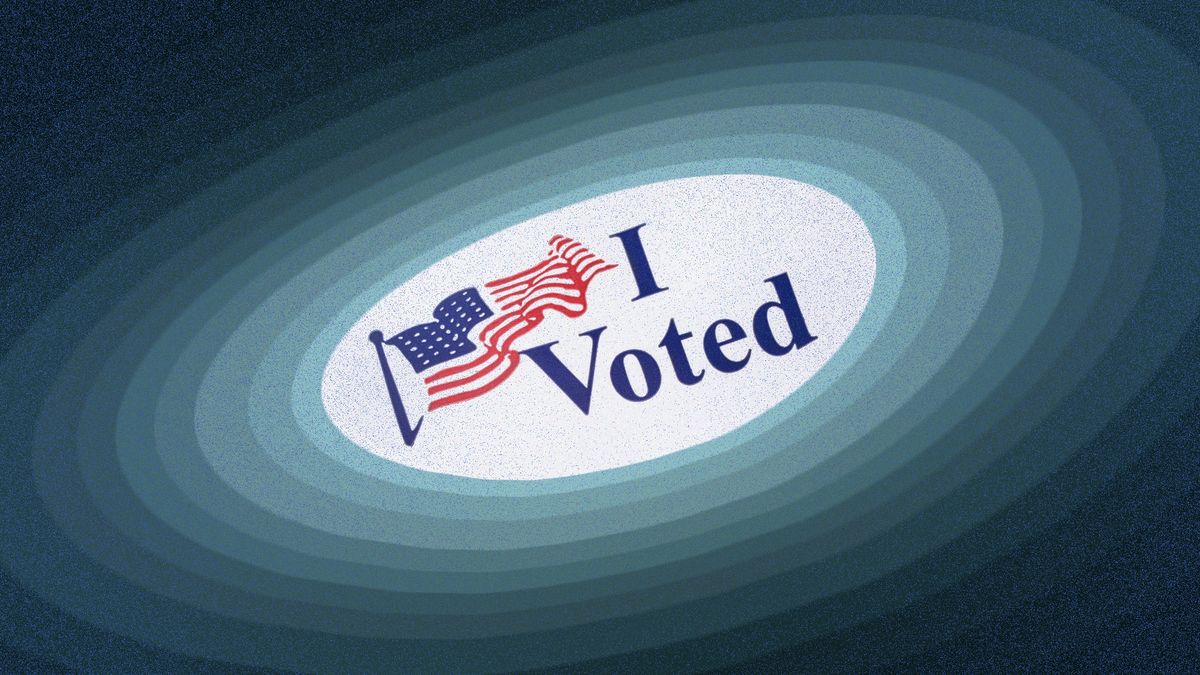One of the year’s most important events is right around the corner: the midterm elections. On Tuesday, November 8, voters across the country will head to the polls to make their political picks, opting between candidates for the House of Representatives, Senate, governorships, and more. And if you’re not currently familiar with all the names that will be on your ballot, now is prime time to read up so you can ensure that you’re casting your votes based on knowledge — not guesswork.
While political positions like senators and governors tend to attract most of the attention from voters, lesser-known elections for roles like sheriffs, judges, and legislators are equally important. Many of these down-ballot races involve local officials who, if elected, will have the power to determine crucial areas like taxes, zoning, and funding, potentially creating a major impact on your day-to-day life.
That said, it can be understandably difficult to keep track of everyone who’s running for an election and learn about their policies and backgrounds while also paying close attention to the larger national contests, not to mention any local measures and propositions that are being contested as well.
Ballots can be long and daunting, and it’s all too easy to end up leaving a race or two (or 10) blank because you didn’t have enough info to make an informed pick. Not voting, however, should never be the answer, so to avoid that possibility from happening, take a look at a few ways to educate yourself on down-ballot voting before the midterm elections.
Read your state’s voter guide
Many states send voters a guide in the mail leading up to an election that details each election and ballot measure. These guides typically contain plenty of information on the contenders, including questionnaires, educational backgrounds, stances on issues, and more.
If you receive a physical guide via mail, take time to read through it carefully to learn as much as possible about your local elections. If you don’t receive one by snail mail, search Google for your state’s voter guide to access a digital version.
Explore Ballotpedia
A popular and reliable nonpartisan source for election and candidate information, Ballotpedia offers in-depth looks at contenders’ bios, policies, and election histories for each state. (Other similar sites include Know Your Vote and Vote411.) If you go to the “preview my ballot” section on Ballotpedia under the 2022 Elections page, you can type in your address and get a rundown of every person whose name will be listed on the ballot come November 8.
You can see how each of these politicians fared in previous races, what positions they hold most strongly, their donor history, and often a Q&A on why they think they should win and what they believe they bring to the table. You can also use Ballotpedia to read up on any ballot measures that will be listed for your county and city to know the impact of your “yes” or “no” vote.
Follow leaders and organizations you admire
Another smart way to become informed ahead of the midterms is to check out the social media accounts of political leaders and organizations you support. These can include individuals like current senators or representatives but also groups like union chapters and civil rights hubs.
Often, they’ll post about candidates running at smaller, local levels that they’re backing and provide valuable insight into why they feel their followers should give them their vote too. Of course, even if you trust these political leaders or groups, it’s still prudent to do some additional research on your own. Knowing that people you believe in feel strongly about certain contenders can certainly help you make your vote.
Consult your local paper
The editorial boards of many city and county newspapers may feature op-eds backing certain candidates and explaining why they believe that person is the best fit to serve the area.
Again, it’s important that you also do your own research, but if you generally trust your local paper’s perspective on political and community issues, the endorsements they provide may align with your own. These op-eds may also tackle ballot measures, giving you a useful look into what the effects of a proposition passing would be on your area.
Attend campaign events and forums
Look up the candidates running in your area to see if any of them are hosting campaign events or forums leading up to the election. Sometimes, these will be simple meet-and-greets where you can connect with the candidate in person, while other opportunities may consist of fundraisers, speeches, or debates between multiple contenders.
Obviously, it may not be realistic for you to attend functions for every candidate on your ballot, but if there are particular people whom you want to know more about, going to one of their events can be one of the best ways to get a sense of who they are and where they stand.
Talk to your loved ones
When in doubt, ask your friends and family which candidates and measures are receiving their votes. Of course, you may not see eye-to-eye politically or socially with people you are close to in life, but if you have loved ones whose beliefs tend to align with your own, it can be wise to get their take on the upcoming election.
If your friends, family, or colleagues have strong feelings about specific choices, they can share their reasoning with you so you can potentially follow their lead (or make an alternate choice). If they, like you, are unsure about a certain race, you can discuss your apprehensions together and team up on research so you can both be better informed and confident in your decisions come Election Day.
Rachel Simon is a Raleigh, North Carolina-based writer who has contributed to The New York Times, Glamour, and Marie Claire. Follow her on Twitter @rachel_simon.
Get Shondaland directly in your inbox: SUBSCRIBE TODAY







